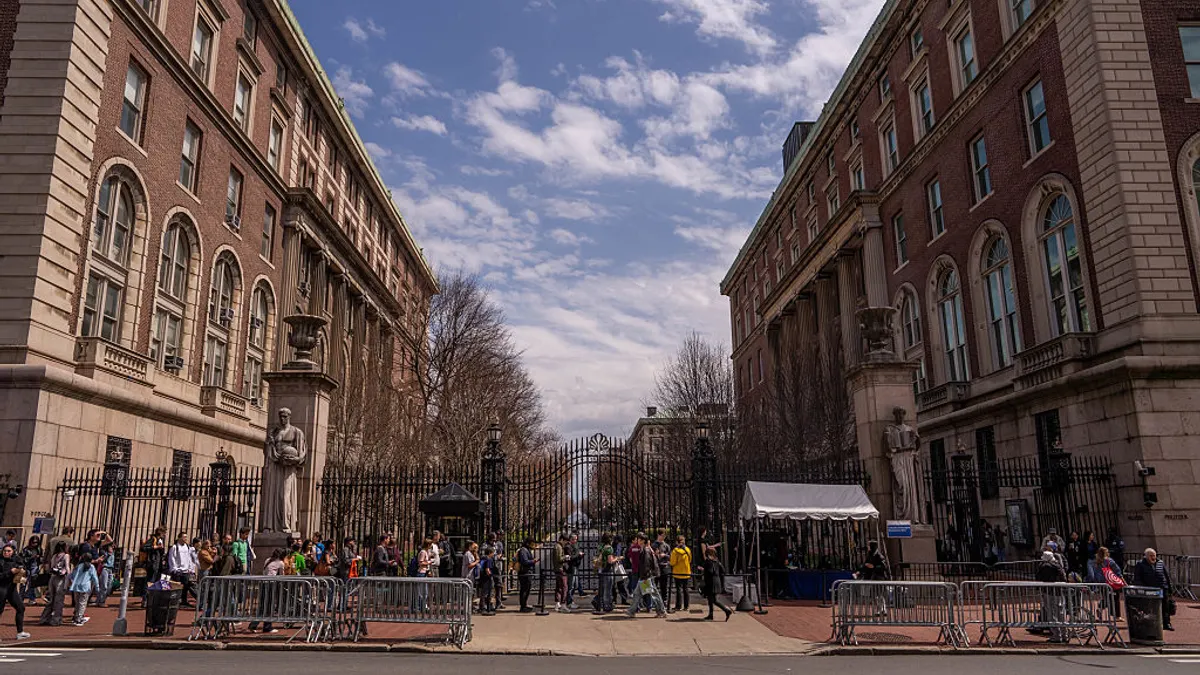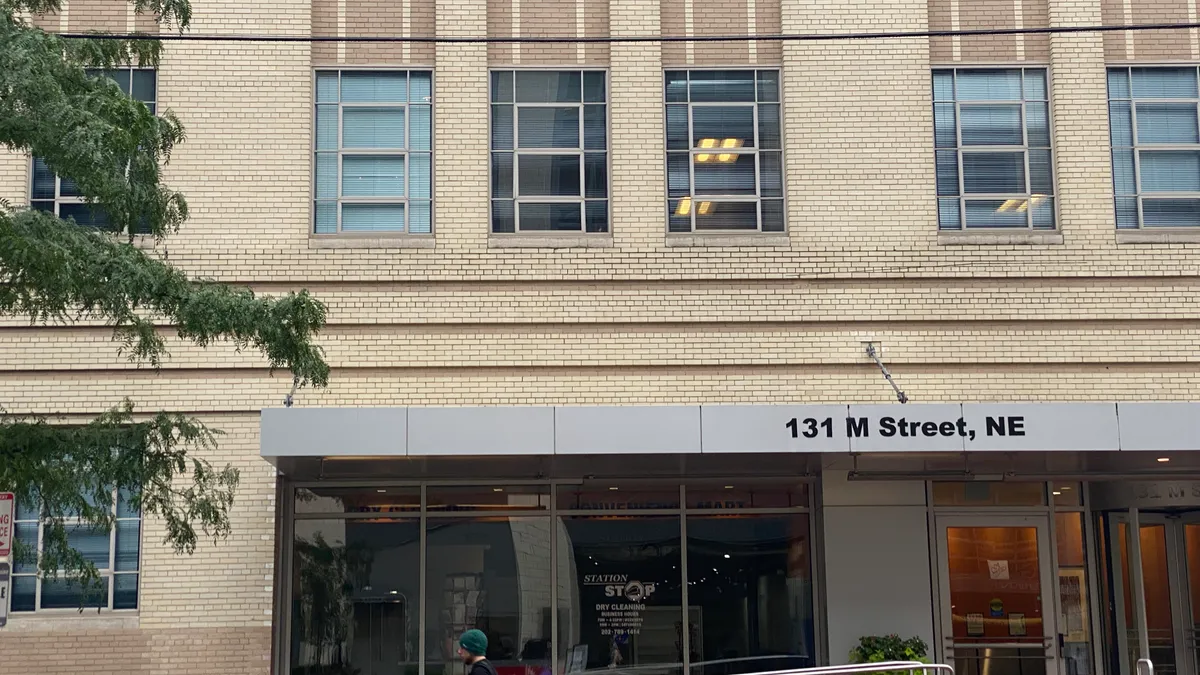During the initial wave of COVID-19 business closures and public health orders, many employers dealt with uncertainty by placing employees on furlough rather than initiating layoffs.
The situation is such that more than six months into the pandemic, the number of workers who are on temporary layoff — represented as a percentage of the U.S. unemployment rate — has not returned to levels seen prior to the pandemic, according to data from the U.S. Bureau of Labor Statistics' Current Population Survey.
In a webpage detailing the impact of COVID-19 on its measurements, BLS noted that its survey does not use the term "furloughed," but that the classification of unemployed persons on temporary layoff includes workers who were furloughed.

The trend reached a high point in BLS' April survey, with "job losers" on temporary layoff making up 78.3% of those unemployed, compared to 12.6% in January. September's version of the survey showed the percentage stood at 36.7%, indicating that the level of unemployment caused by temporary layoffs has not yet returned to pre-pandemic levels, according to BLS.
Furloughs, particularly those approaching a period of six months, could soon create a compliance risk for employers, according to Michael D. Jones, member at Eckert Seamans. In an interview with HR Dive, Jones said employers that use such furloughs may be at risk of triggering the federal Worker Adjustment and Retraining Notification Act, or WARN.
"When the furloughs hit six months, that's what starts triggering WARN," Jones said. The problem is due to the fact that WARN counts layoffs that exceed six months as an employment loss, even if employers intend to bring those employees back to work.
The risk doesn't end with furloughs, however. Employees whose hours worked have been reduced by more than 50% during each month of a six-month period must all be counted as an employment loss that counts towards triggering WARN.
A review of WARN's requirements
Sources who spoke to HR Dive earlier in the pandemic noted that labeling such actions as furloughs does not necessarily relieve employers from their obligations under WARN. The law requires covered employers to provide employees at least 60 calendar days of advance notice before a qualified plant closing or mass layoff.
A "plant closing" occurs when an employer closes a facility or discontinues an "operating unit," either permanently or temporarily, affecting at least 50 employees, not counting part-time workers, at a single site, according to the U.S. Department of Labor. A "mass layoff" occurs when an employer lays off more than 500 workers, not counting part-time workers, at a single site over a 30-day period. The latter may also apply if an employer lays off 50 to 499 workers under similar circumstances, and such layoffs constitute 33% of the employer's total workforce.
Notably, however, an employer that announces a temporary layoff of less than six months that also meets the definition of either a plant closing or mass layoff and then extends the layoff to last more than six months also triggers WARN, according to DOL.
A few exceptions apply to these rules. For example, if employers conducted closures or temporary layoffs "for reasons that were not reasonably foreseeable at the time the layoff was originally announced," then, "notice need only be given when the need for the extension becomes known."
In the COVID-19 context, employers might be able to claim their furloughs fit this exception outlined by DOL, Jones said. But claiming the exception doesn't exempt employers from their duty to provide notice to employees entirely.
How to ensure WARN compliance
Employers could start seeing class actions over WARN notice violations "very soon," Jones said. "Now is the time, now that you have the time, to make sure you're doing everything correctly and everything is compliant."
Those claiming that their furloughs fit under the exception described by DOL must provide notice to employees "as soon as is practicable," according to the agency, as well as a statement of the reason for the notice requirement reduction.
But to the extent that an employer is considering permanent separation of employees, it may want to draft severance agreements, Jones said, noting that such agreements will need to comply with various non-discrimination provisions. For example, employers have several obligations under the Age Discrimination in Employment Act when conducting group layoffs of employees age 40 and over, according to the U.S. Equal Employment Opportunity Commission.
"Like any situation when you're reducing a workforce, [employers] need to be doing a self-analysis," Jones said. Employers, he added, should analyze separations to ensure that such decisions do not create a disparate impact — and fix such issues if they locate them. This effort may include a look at the selection criteria the employer used, including a thorough statistical review.
"What [employers] don't want to do is not address any disparity they see," Jones said. "What you don't want to do is to leave these decisions unscrutinized."





















